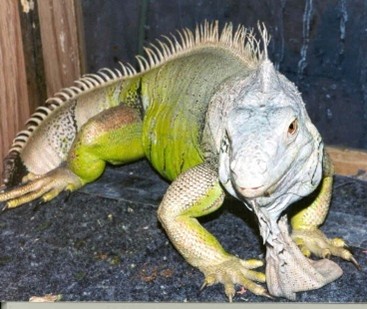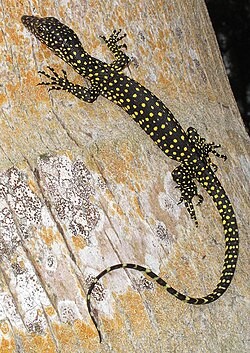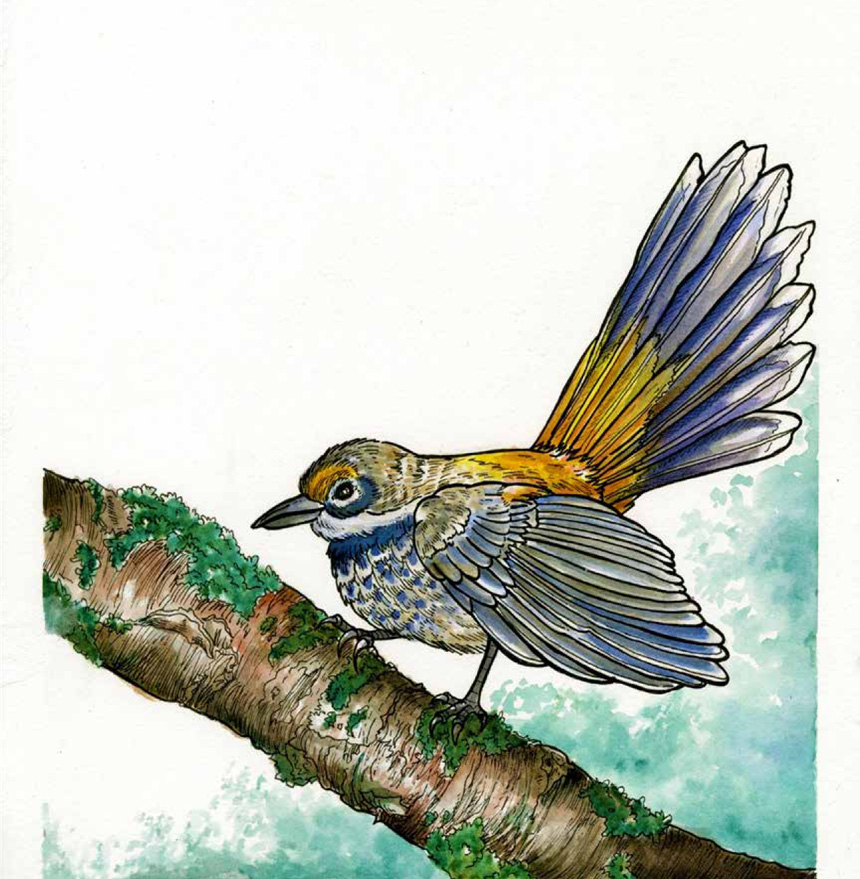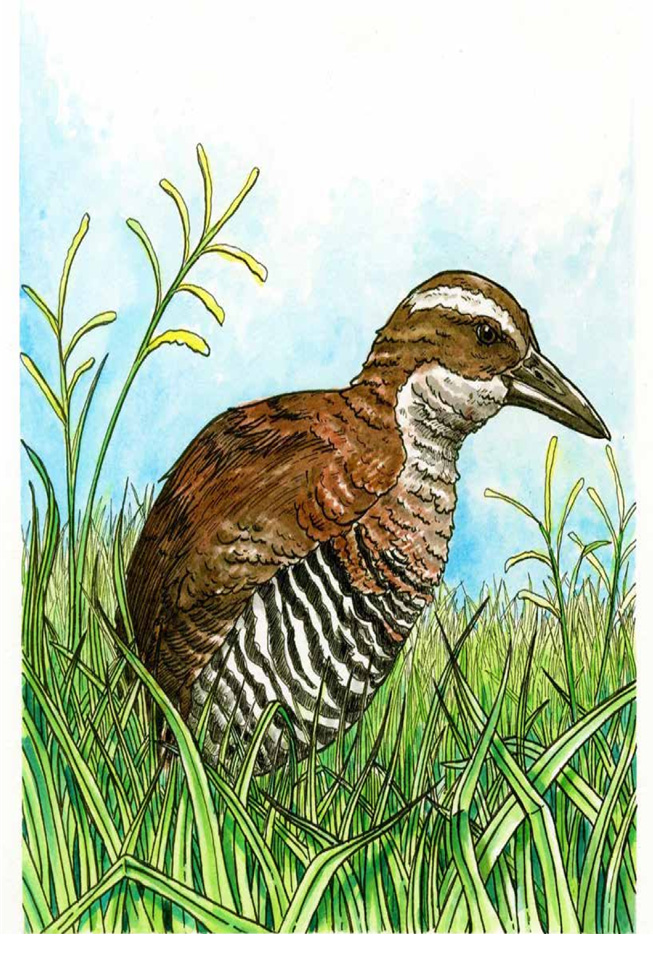On a recent book tour on Guam, I found myself talking about one of my favorite topics: iguana conservation. As I’ve worked to help control the worldwide spread of the invasive green iguana (Iguana iguana), a local mentioned that Guam already had iguanas.
“Really?” I thought, my mind racing. I knew that most food and supplies arrive on Guam via shipping containers, and I immediately worried that the green iguana had found a way to invade the island, much like the infamous brown treesnake had in the 1950s. While iguanas are herbivores, I feared they might eat their way through the island’s vegetation, just as the brown treesnakes had decimated the native animal life. I even began to wonder if I needed to create one of my iguana identification booklets specifically for Guam.

A Case of Mistaken Identity
Thankfully, with a bit of research, I learned that the “iguanas” locals were referring to were not green iguanas at all, but a local monitor lizard. It seems like a similar case of mistaken identity to my brother, who used to annoy me by calling my pet green iguanas “goannas,” the name for a monitor lizard native to Australia. While the names may sound similar, these two types of lizards are very different.
I was so relieved to discover that the invasive green iguana has not been reported on Guam. The lizard that people call an iguana is actually the Mariana or Saipan monitor, Varanus tsukamotoi, an endemic species to the Northern Mariana Islands and Guam. Known locally as “hilitai” in the CHamoru language, these monitors are carnivores, unlike the herbivorous green iguana. The hilitai is dark green or black with yellow or white spots and can grow up to three feet in length.

The Hilitai in CHamoru Culture
Like many local animals, the hilitai is an important part of the CHamoru culture and even serves as the mascot for Adacao Elementary School. When the Spanish first arrived on Guam, they mistakenly thought the hilitai resembled the iguanas they had seen in the Americas, leading to the lasting confusion.
Sadly, the hilitai population has been significantly reduced due to predation by the invasive brown treesnake and by humans.
The hilitai is also featured in a CHamoru legend that explains how it got its forked tongue and spots. Here is the story, from the Department of Chamorro Affairs’ Hale’-ta: Hemplon Nåna Siha, A Collection of Chamorro Legends and Stories:
Once upon a time, long, long ago, a cunning little iguana lived in a cave. Around the cave was a big forest. The iguana was happy all day, and at night she cuddled down in a warm nest with her mother. Each day, she would go out and search for birds’ eggs on the dokdok tree (Artocarpus mariannensis )near the cave. There, she could hear the sweet songs of the birds and at night, she prayed and wished she could sing.
Now it happened not long after this that she found herself singing. She sang a song so clear and beautiful that all the birds that happened to pass by stopped to listen. “How beautiful that is!” they said. Animals of all kinds came to hear the little iguana sing, and she grew so proud of her voice that she traveled from place to place singing. One day as she was singing, a little chichirika hopped and flapped her wings around the iguana and said, “Truly, your voice is so sweet, but I have the most beautiful feathers of all the birds in the jungle.” Having said this, the chichirika flew away.
When the little iguana heard this, she immediately tried to think of what to do. She knew that a certain black bird was very wise and decided to pay her a visit. On her way, she met the ko’ko’ (rail) under an old tree. “Oh, how ugly you are with your black feathers! Can’t you paint yourself to look more beautiful?” asked the iguana. To which the ko’ko’ replied, “And can’t your paint yourself to change that green coat of yours?”
Finally, they both agreed to paint each other so that all the birds and animals would envy them. The ko’ko’, being the wisest of the birds, brought some of her eggs and feathers to use as a paint and brush. She separated the yolk from the white and beat them separately until they became a smooth paste. “But who is to work first?” asked the ko’ko’. Said the iguana: “I’m so tired just now, if you would work on me first, it would give me pleasure to rest my weary arms.” The ko’ko’ politely agreed, “Very well.”
The ko’ko’ worked carefully with the yellow paint. The paint hardened and was smooth and shiny as anyone could wish for. The iguana was so pleased that she began to sing. Then, the ko’ko’ sat down for her turn. The iguana dipped the brush into the white paint and struck the ko’ko’ on the forehead so that the paint scattered in uneven spots all over. The iguana dropped the brush and ran away as fast as her feet could carry her to the cave. After her was the ko’ko’, shaking her head and shouting with all her might: “May your tongue be double for playing a trick like that on me!”
Ever since that day, the iguana’s voice changed. She could no longer sing sweetly, her voice having changed to only being able to utter an ugly and boring “whoo” like that of an owl. Worst of all, her tongue had split, as it still is today.


I’m so grateful that the green iguana hasn’t invaded Guam and that the island has its very own unique “iguana” to cherish!
Discover the Magic of Guam!
The natural beauty and unique culture of Guam are truly special. If you want to learn more about the island and its history, I invite you to explore my book, Guam: Return of the Songs.